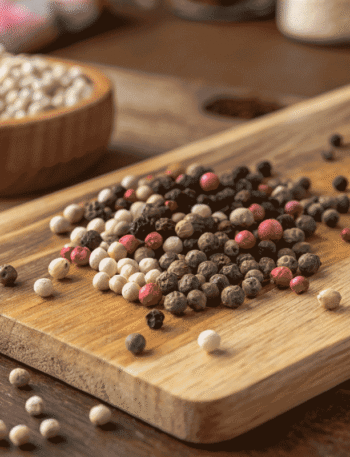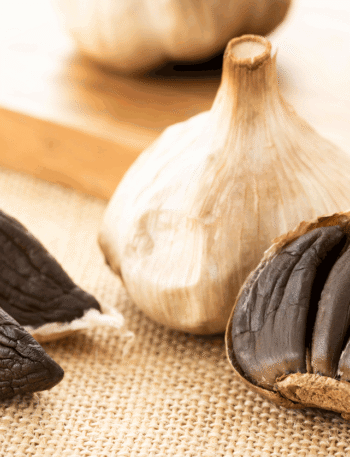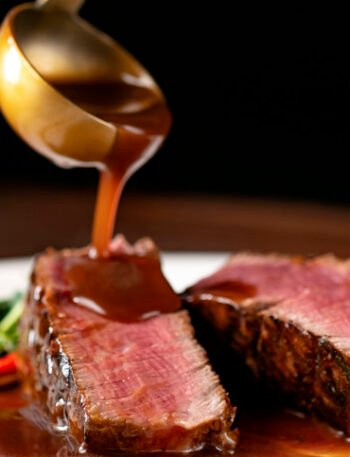When you think of anchovies, what comes to mind? Maybe a strong smell. Maybe a salty taste. Or maybe just a big “no thanks” when someone suggests putting them on pizza. But here’s the thing: most people who say they don’t like anchovies have never actually tried them, or they’ve only tasted them in the wrong way.
Anchovies are one of the most misunderstood foods. They’re tiny, yes. They’re salty, sure. But they also pack an incredible flavor punch that makes dishes taste deeper, richer, and, well, better. That flavor has a name: umami. And anchovies are full of it.
Let’s take a closer look at what anchovies are, how they’re made, and why they might be the ingredient your kitchen is missing.
What Are Anchovies, Exactly?
Anchovies are small, oily fish that live in saltwater, mostly in the Mediterranean Sea and along the coasts of Europe and North Africa. They’re usually only a few inches long and belong to a group of fish called “forage fish,” which are food for larger fish like tuna and sea bass.
When we talk about anchovies in the kitchen, we usually mean the cured kind. These are cleaned, packed in salt, and left to ferment for weeks or even months. During this process, the fish breaks down naturally, resulting in a soft texture and a strong, savory flavor.
Some anchovies are packed in oil or turned into paste. Others are left whole and salted. You might find them in small cans or jars in the grocery store. These preserved anchovies are the secret weapons used by chefs worldwide.
The Umami Factor
You’ve probably heard of sweet, sour, salty, and bitter. But there’s a fifth basic taste: umami. It’s that deep, savory flavor you get from things like soy sauce, mushrooms, aged cheese, and, of course, anchovies.
Umami comes from compounds called glutamates. When anchovies are fermented, they develop a high level of these glutamates, especially inosinate and guanylate. When combined with other umami-rich foods, such as tomatoes or cheese, they create a powerful flavor combination that makes your mouth water.
That’s why adding just one or two anchovies to a sauce or dressing can make it taste more complex and satisfying, even if you don’t taste the anchovies themselves.
Anchovies on Pizza: More Than a Topping
Let’s talk about pizza. Anchovy pizza gets a bad rap. It’s become a joke, something people bring up when they want to talk about gross food. But here’s the truth: when anchovies are cooked on a pizza, something magical happens.
The heat from the oven melts them into the cheese and sauce. Their strong flavor softens and blends into the rest of the ingredients. What you get isn’t a fishy topping. You get a pizza with an extra layer of umami, something that lingers in the background and keeps you coming back for more.
Don’t knock it till you try it. Even better, try a white pizza with anchovies, garlic, olive oil, and crushed red pepper. It’s bold, salty, and delicious. My personal favorite is pepperoni, banana peppers, and anchovies, yum!
Cooking with Anchovies: Hidden Flavor Boosters
Anchovies aren’t just for pizza. In fact, some of the best uses for anchovies are the ones where they disappear into the dish and leave only their flavor behind.
Here are a few ways to use anchovies in your cooking:
- Marinara sauce: Chop up one or two anchovies and sauté them with garlic in olive oil before adding your tomatoes. The anchovies melt into the sauce, deepening the flavor.
- Caesar dressing: The original Caesar salad dressing includes anchovy paste. It gives the dressing its signature salty, tangy bite.
- Bagna càuda: This is a warm Italian dip made with anchovies, garlic, and butter or olive oil. It’s perfect with bread or vegetables.
- Pasta puttanesca: A classic Italian dish that starts by melting anchovies into oil with garlic, olives, and capers. It’s fast, easy, and packed with flavor.
Even if you don’t love the idea of eating a whole anchovy, you might be surprised how much you like what they do in a recipe.
How Anchovies Are Made
Most anchovies you buy have been salt-cured. Here’s how that works:
- Cleaning: Fresh anchovies are cleaned and gutted shortly after they’re caught.
- Salting: They’re then packed in layers of salt and left to cure for weeks or months. The salt draws out moisture and preserves the fish.
- Fermentation: During curing, natural enzymes break down the fish’s proteins into amino acids, including glutamate, which gives that umami boost.
- Packing: After curing, the anchovies are often packed in olive oil or pressed into paste. They can last a long time without refrigeration if unopened.
Because of this curing process, anchovies are safe to eat straight from the can. No cooking required.
Are Anchovies Healthy?
Yes. Anchovies are loaded with omega-3 fatty acids, which are good for your heart and brain. They’re also high in protein and contain important nutrients like calcium, iron, and B vitamins.
Because they’re small, anchovies have lower levels of mercury than larger fish like tuna or swordfish. That makes them a safer option for regular eating.
One thing to watch out for is excessive sodium intake. Since anchovies are cured in salt, they can be high in it. A little goes a long way, so use them as a flavoring agent rather than the main ingredient.
Tips for Anchovy First-Timers
If you’ve never cooked with anchovies before, here are a few friendly tips to get started:
- Start small: One anchovy fillet can flavor a whole pot of sauce. Try using just a half or one whole fillet and see how it goes.
- Melt them: Don’t just toss them in. Chop them up and let them melt into hot oil or butter at the start of cooking. That’s how they release their flavor.
- Use paste: Anchovy paste in a tube is easy to measure and mix into sauces and dressings. It keeps well in the fridge.
- Balance the salt: If your dish already has salty ingredients like olives, cheese, or capers, reduce added salt to keep things balanced.
Final Thoughts: Don’t Fear the Fish
Anchovies have been a key part of cooking for thousands of years, from Roman garum to modern salad dressings. They’re full of flavor, healthy, and incredibly versatile.
So the next time you see that little can in the grocery aisle, don’t walk past. Pick it up, give it a try, and see what a difference a tiny fish can make. You might just become an anchovy fan without even realizing it.





